Dear Possibilitarian,
Fourteen years ago I posted the image below, with the caption “just an exploration of ideas at this point.” It sparked a very lively discussion.
That super-interesting comment thread led me to create a little visual essay on index cards. I posted it on Slideshare, but Slideshare has become so polluted with ads that I decided to repost it here. I’m republishing this here exactly as it was first published by my “past self.” “Current self” thoughts are in italic. I hope you enjoy it.
What is a fact?
Facts are an important element of any decision-making process. A fact asserts that something is the case. When we as a society make decisions that affect our future, facts, and conversation or argument about what they mean, is a critical part of those decisions. But what is a fact, and how do we know that something is a fact? Is there a “keeper of the facts?” This little thread is an exploration of facts: What they are, how they come to be, who has access to them and why. It’s especially focused on the facts that make up the sum of our scientific knowledge.
Note: I’m including the links as I wrote them back in 2012. Open access remains a contentious issue, with a powerful publishing lobby on one side and just about everyone else on the other. But I think we have passed the tipping point, and it seems to me that it’s only a matter of time open access becomes the default standard.
Facts are an important element of any decision-making process. When we as a society make decisions that affect our future, facts, and conversation or argument about what they mean, is a critical part of those decisions. But facts today are not free. Everyone deserves access to the facts that are necessary to make decisions that affect the future of our world. Read more about open access. Read an open letter to the U.S. Congress, signed by 26 Nobel Prize winners. Join the Alliance for Taxpayer Access, a diverse and growing alliance of organizations representing taxpayers, patients, physicians, researchers, and institutions that support open public access to taxpayer-funded research. Learn more about what you can do to promote open access. Write your U.S. Representative to demand open access for publicly funded research. Contact your U.S. Senator. Physicist John Baez on What we can do about science journals. Mathematician Rob Kirby on math journals Vote to make open access to research a priority for the Obama administration.
If you enjoy this series you might also enjoy perusing the thread where this conversation and inquiry began.
Until next time,

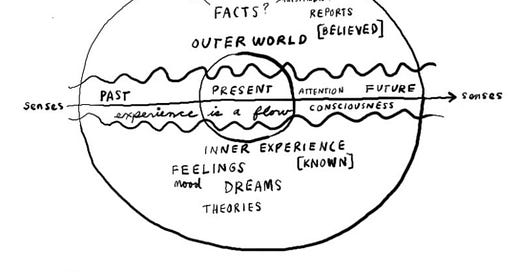





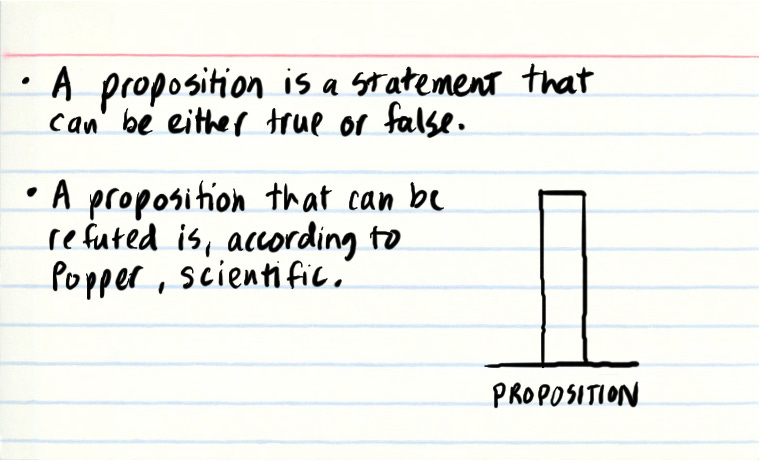

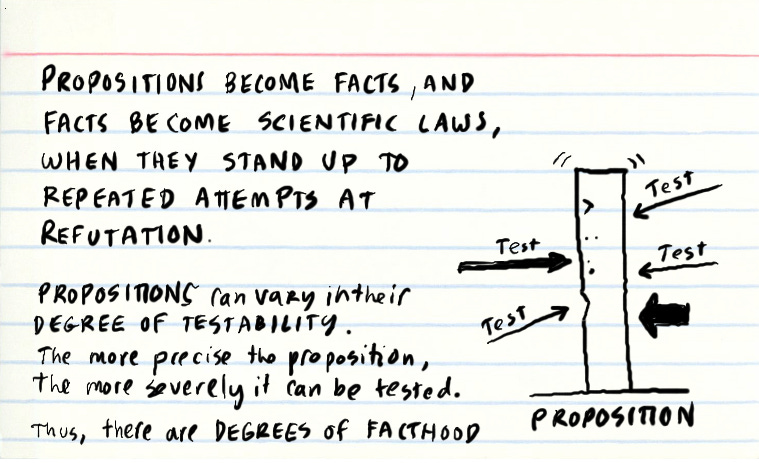
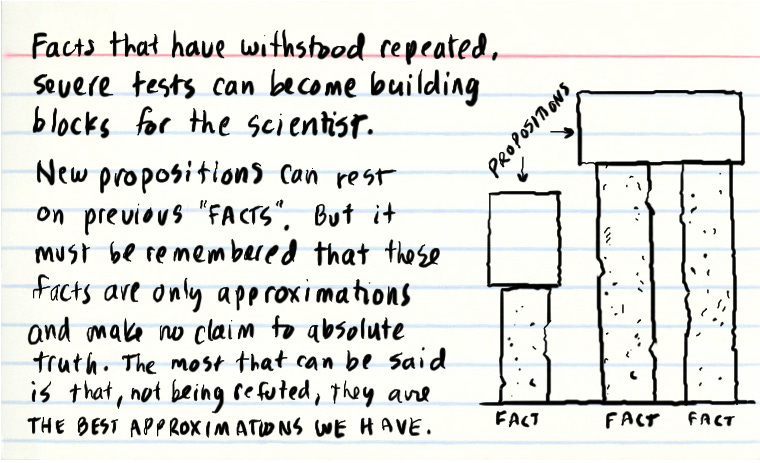


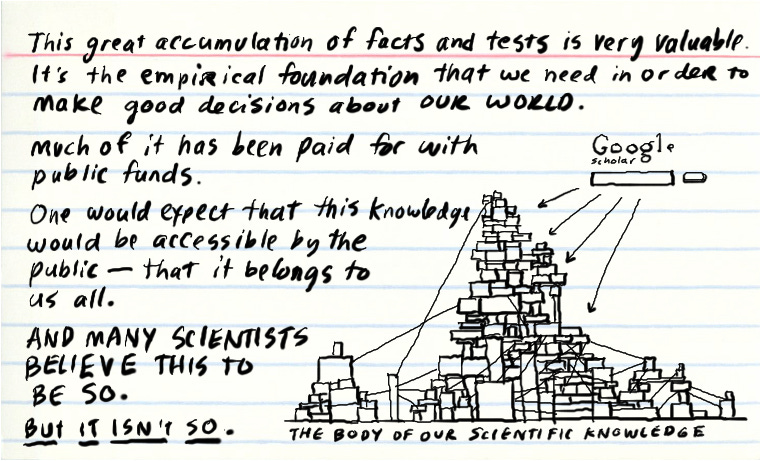

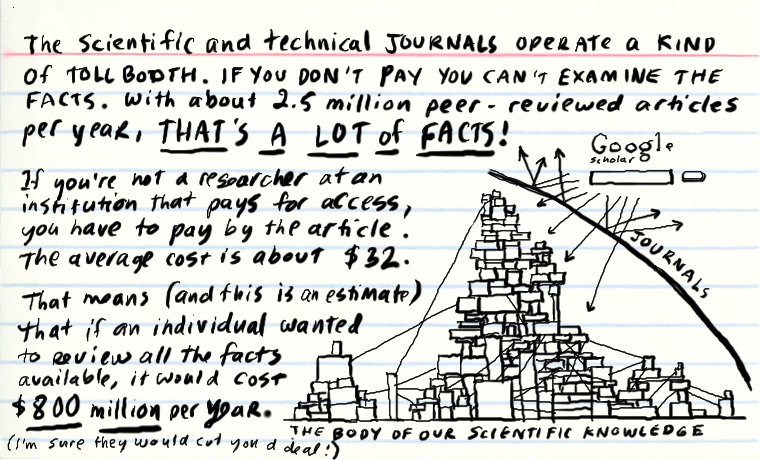

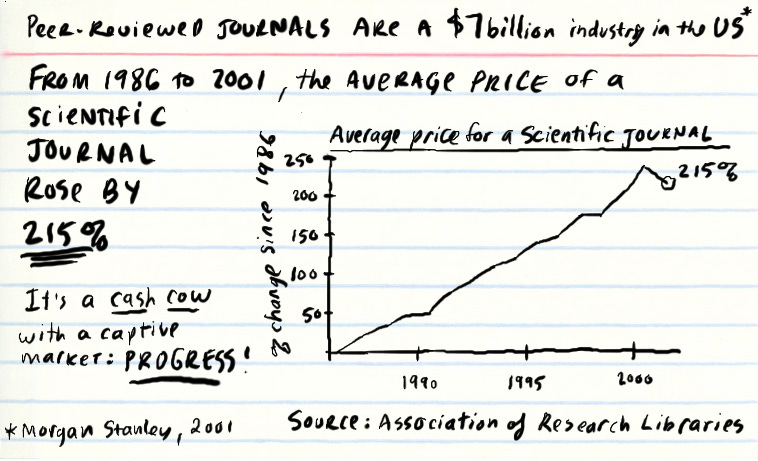


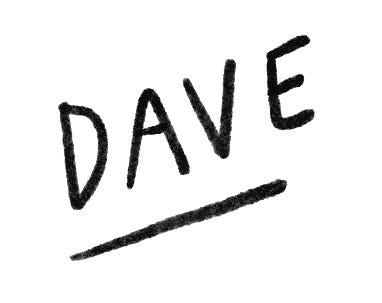
Your initial diagram captures some interesting bits of what neuroscience has started calling "predictive coding" or "the predictive brain." The vast majority of even seemingly low-level perception relies on past memory to make predictions about what we expect, which incoming sensory information confirms or denies. Much faster processing that way.
Quick example: the blind spot where your optic nerve enters the retina. There are no photoreceptors in front of that. No light is ever captured there. Yet unless you close one eye and test for it specifically, you will never ever notice it.
https://www.arvo.org/globalassets/arvo/advocacy/advocacy-resources/illusions/blind-spot-flyer.pdf
So the division between inner and outer is real, but it's a lot more porous and nuanced than we generally like to acknowledge.
Excellent work Dave! Of course Peer-review is supposed to offer some value, but anonymous peer review has failed on occasion. I'd rather have transparent peer review so we have some accountability, moreover, what seems missing is Dialogue - the intelligent back and forth of intelligent reflection on the meaning of the ideas and the facts.
The thing is, I want more than random joe's trolling comments, I want intelligent dialogue with people who have the knowledge and capacity for intelligent input and response. Ray Dalio calls it believability weighted decision making.